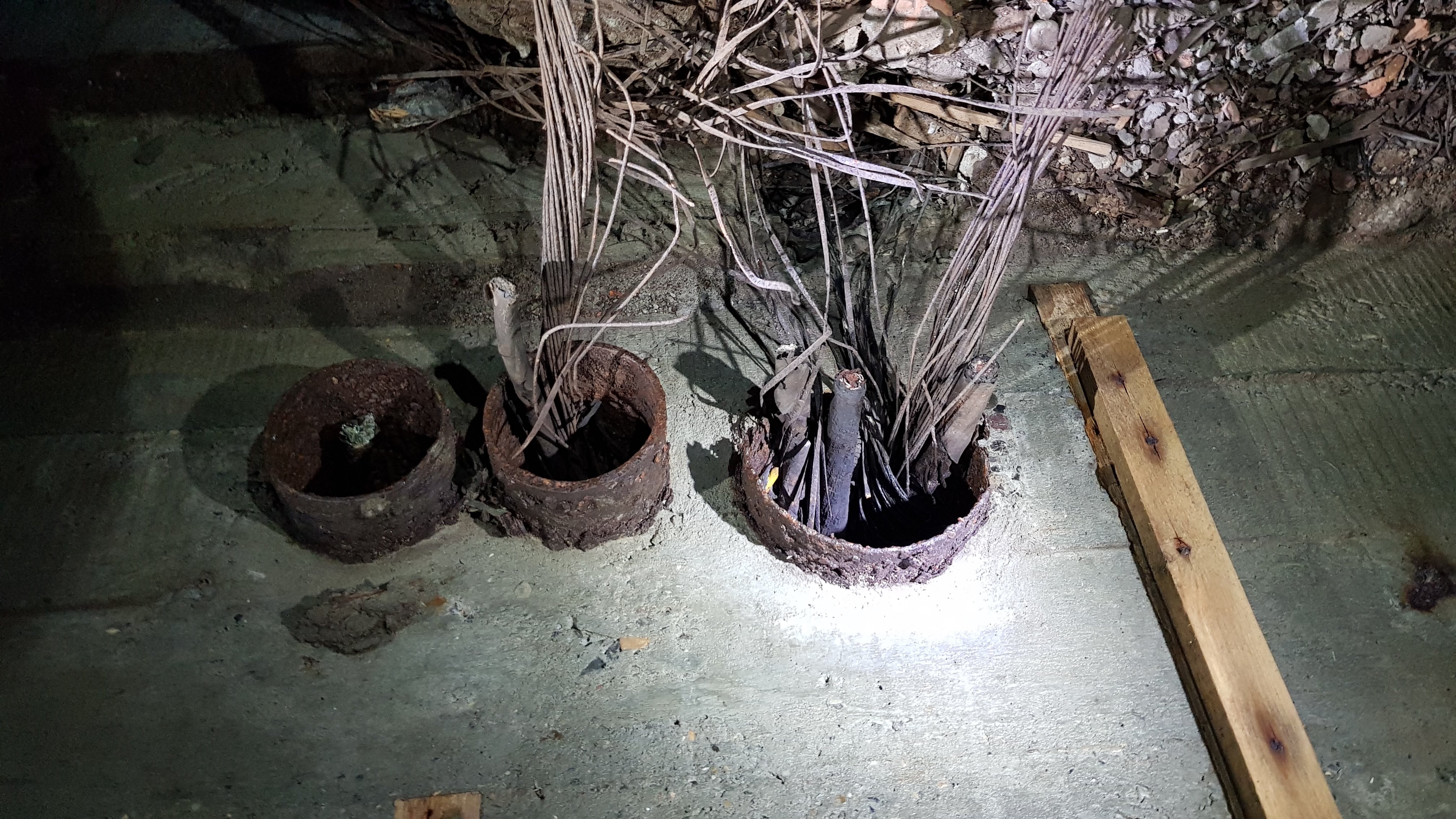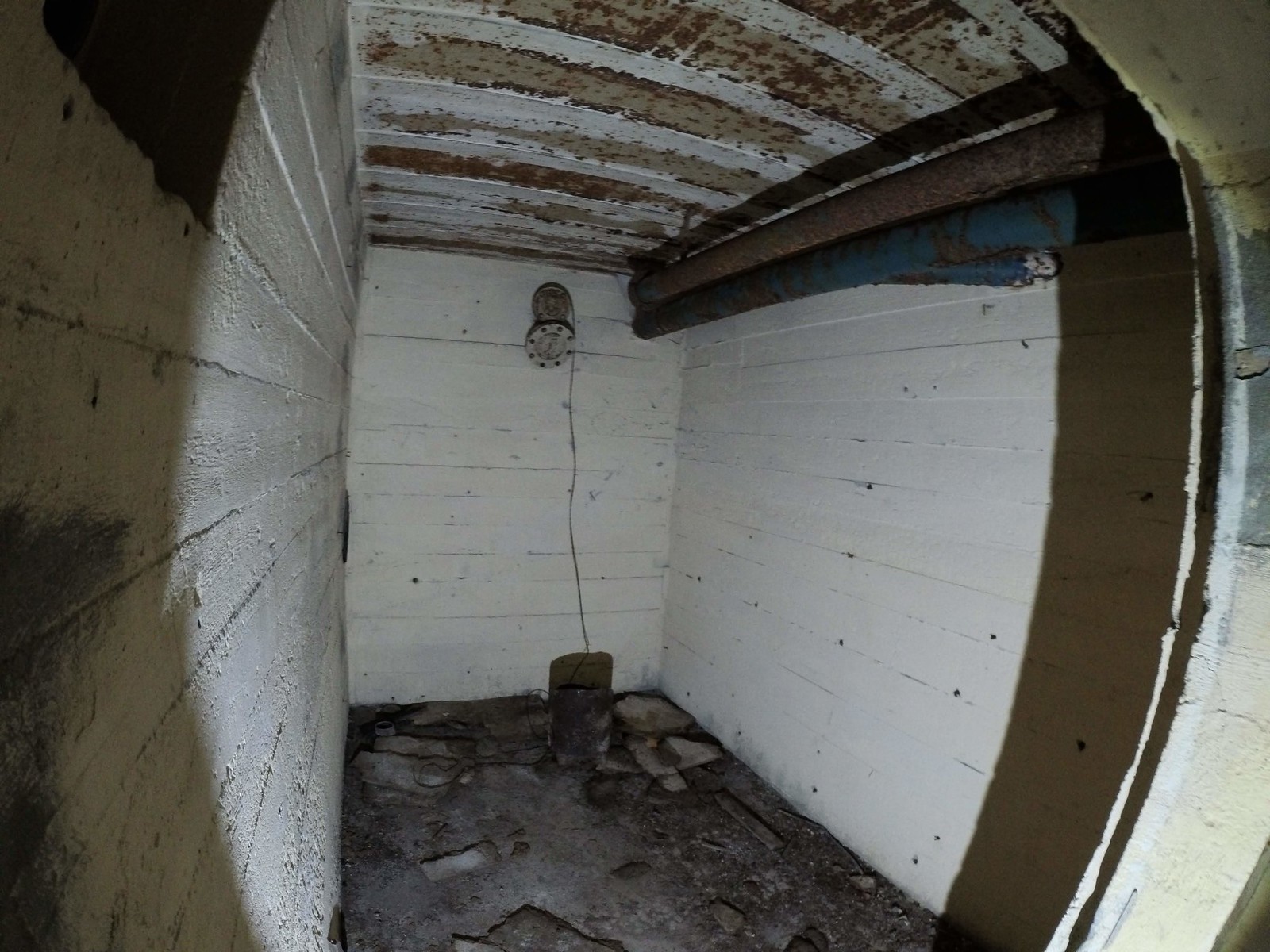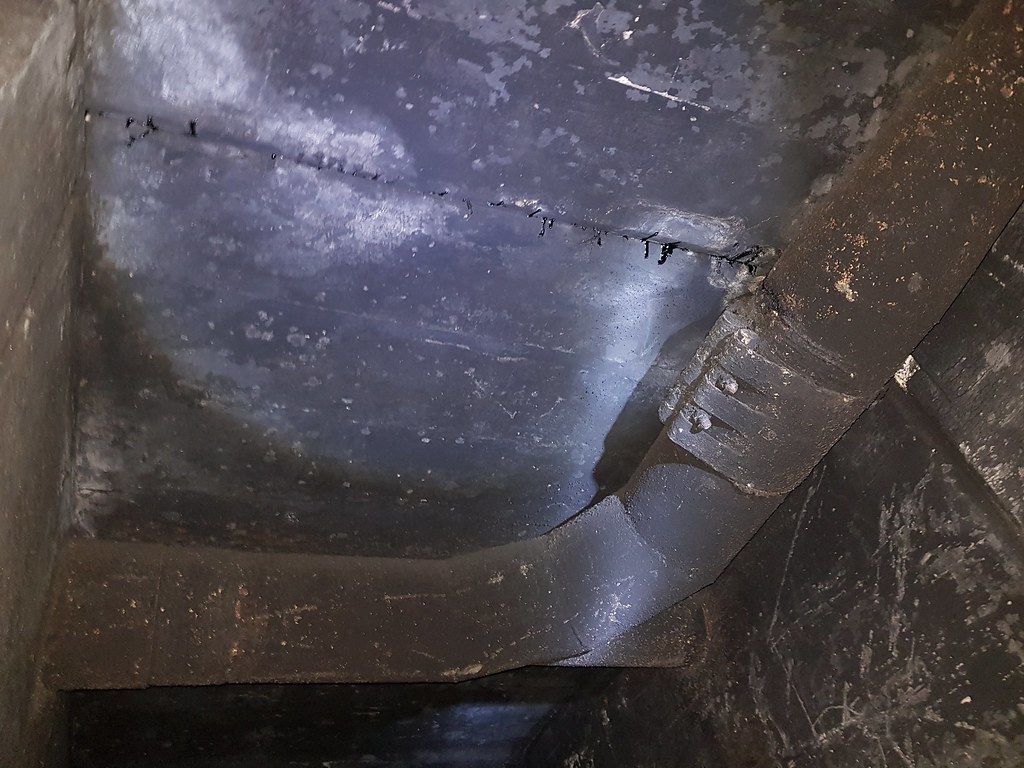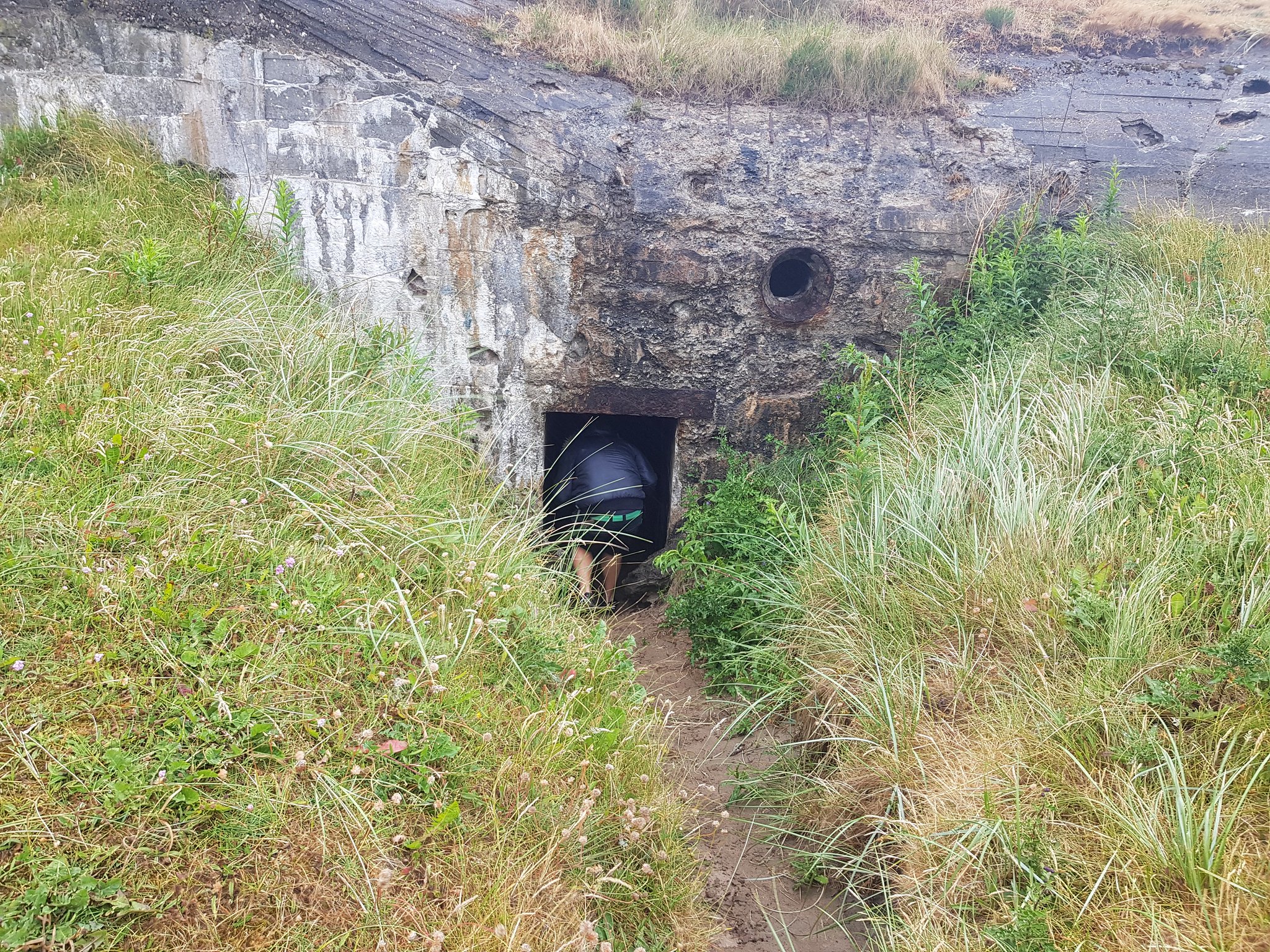exploring the atlantic wall a reminder of ww2 history
During World War II, the Nazi forces constructed a massive network of fortifications and bunkers along the Atlantic coast of Europe. This line of defense, known as the Atlantic Wall, was meant to prevent Allied forces from landing and invading from the sea. The Atlantic Wall was an impressive feat of engineering and construction, stretching over 2,400 kilometers (1,500 miles) from Norway to the Spanish border. Today, the remnants of this historic defense system stand as a reminder of the war's impact on Europe.
Exploring the Atlantic Wall today offers a unique glimpse into the history of World War II. From the towering bunkers to the underground tunnels, these structures have a story to tell. A visit to any of these sites will leave you in awe of the efforts put in by the Nazis in constructing these structures.
Despite the war ending over 75 years ago, the Atlantic Wall still stands today. In some places, the bunkers have been left to crumble and fade away, while in others, they have been restored and turned into museums. No matter their current state, the bunkers and fortifications of the Atlantic Wall are a testament to the human cost of war and the importance of remembrance.
Walking through the bunkers today, you can feel the weight of history on your shoulders. These massive concrete structures were built to withstand bombing and artillery fire. Inside, you can see the cramped living quarters, the narrow staircases, and the gun emplacements that once held Nazi soldiers. It's a chilling reminder of the brutal reality of war and the sacrifices made by those who fought.
However, the Atlantic Wall is more than just a reminder of the past. These structures have also become a haven for wildlife and nature. Many bunkers have been taken over by birds and bats, while others have been reclaimed by the sea. These sites serve as a reminder of the power of nature to overcome even the most imposing human structures.
Visiting the Atlantic Wall today is an opportunity to learn about the past, to reflect on the present, and to consider the future. It's a chance to see the world through the eyes of those who lived through the war and to understand the sacrifices made to secure our freedom.
One of the most notable examples of the Atlantic Wall can be found in Normandy, France. This stretch of coastline was the site of the D-Day landings, and the Atlantic Wall fortifications played a significant role in the events of June 6, 1944. Today, the bunkers and fortifications of Normandy are a popular tourist attraction, drawing visitors from all over the world.
The Normandy coast offers an immersive experience of the Atlantic Wall. Visitors can explore the remains of bunkers and gun emplacements, walk through underground tunnels, and see the remnants of anti-aircraft defenses. The museums and exhibits that accompany these sites offer a comprehensive look at the events of D-Day and the broader impact of World War II.
Another notable location of the Atlantic Wall is the island of Jersey. As part of the Channel Islands, Jersey was occupied by Nazi forces during the war, and the island was heavily fortified as a result. Today, the remnants of the Atlantic Wall on Jersey serve as a stark reminder of the island's wartime past. The bunkers and fortifications of Jersey are a popular attraction for tourists, and many have been turned into museums and exhibits.
The Atlantic Wall also extends into Germany, where visitors can explore some of the most impressive fortifications of the war. One such location is the
 |  |  |
 |  |  |
 |  |  |
 |  |  |
 |  |  |
 |  |  |
 |  |  |
 |  |  |
 |  |  |
 |  |  |
 |  |  |
 |  |  |
 |  |  |
 |  |  |
 |  |  |
 |  |  |
 |  |  |
 |  |  |
 |  |
@atlantic_wall_explorers Hidden War Bunker Discovered #atlantic wall♬ original sound - atlantic wall
Pinterest boards

The ATLANTIKWALL in Raversyde is one of the best
Locate the location of the largest Nazi bunker in Northern Europe, then document the first time an American soldier walks there. Share your experience on social media, blog, or send it to your congressman.

Escape the Norm with our Atlantikwall Museum
The Atlantic Wall was the most extensive fortification ever built. The defensive fortifications consisted of multiple lines of huge guns, anti-tank walls, thick minefields, pillboxes, artillery fire control centers, bunkers, and defensive positions. The most.

Memory of the Atlantikwall
A small section of the Atlantikwall still exists on the north coast of Europe. Only a small section of the Westwall still exists today. Many parts of the wall were destroyed after the war.

The ATLANTIKWALL in Raversyde
The Atlantic Wall was a chain of military fortifications built by Nazi Germany along the coast of the North Sea and Danish Straits immediately prior to and during the Second World War to defend the occupied territories in Western Europe from an Allied invasion by the United Kingdom and France.

Nazi Germany launches invasion through channel
Discover this amazingly well preserved bunker that was excavated in Israel recently. Nineteen skeletons have been found inside with more than 50,000 artifacts.

The Atlantic Wall Made Germany Invincible
WWII-WWII was about to commence when waves smashed through sand dunes in the north of the UK. Land owners along the shore line were alerted when their corn fields were blown underwater, which in turn revealed anti-tank defences that had been meant.

Holts used the bunkers for years for storage
-Photos of World War II bunkers-The unexpected beauty of World War II bunkers.

Learn about WWII and the Nazis
Take a trip back in time and discover why Denmark's largest fortification ever - the Atlantic Wall - was such a threat even then. Land the job of an historian in Denmark and explore the Atlantic Wall for yourself.

Regelbau is a type of standard-built bunker.
As Europe continues to struggle with refugees, remembering the history of World War II, for many, the pictures of the Atlantic Wall are burned into their memories. It’s easy to imagine that the fortifications were built to keep out the invading Allies, but what did they actually look like?.

German Coastal Defence in Norway During WWII
I bought a regelbau but it needs a lot of work to make it habitable. I can't find someone to help me fix it. Atlantic Wall is the world's largest builder of regelbau bunkers with a wide range of experience working in regelbau bunkers.
Archives:
- visit the atlantikwall blogspot com
- atlantic wall made of many porous walls
- onthelookoutfornazibunkers blogspot com
- the atlantikwall in raversyde blogspot com
- findouthowthegermansfoughtww2 blogspot com
- fourmassivenazibuiltbunkersnearcalais blogspot com
- when was atlantic wall built
- germany defended the coast from england
- built by nazi germany to protect reich
- itbeganconstructionin2022 blogspot com
- protectingthefuture with the atlanticwallatlas
- longestlineoffortificationseverbuilt blogspot com
- constructed by nazi germany during
- battle in norway during wwii
- abandonedworldwariibunkers blogspot com
- construction of these wwii bunkers has started
- storms exposed wwii anti
- military training site bunker
- remembering wwiis nazi occupation
- thestandardregelbauis280ftby280ft blogspot com
- thebunkerthatneverwas blogspot com
- abandoned bunker near my home blogspot com
- the atlanticwall protected the atlantic westwall 2
- atlantic wall in denmark
- the surprising beauty of world war ii
- two types of regelbau blogspot com
- day on june 6 1944 blogspot com
- theregelbauisatypeofbunker blogspot com
- comeexplorearchaeologyonbunkerhill blogspot com
- Profile | Pinterest
- theislandwasonlyliberatedoncein1944 blogspot com
- a world without the atlantic wall
- the atlantic wall what was it
- bunkers can now be utilized blogspot com
- Boards | Pinterest
- a wwii survey of the atlantic blogspot com
- learn more about the atlantic wall



















































































Comments
Post a Comment